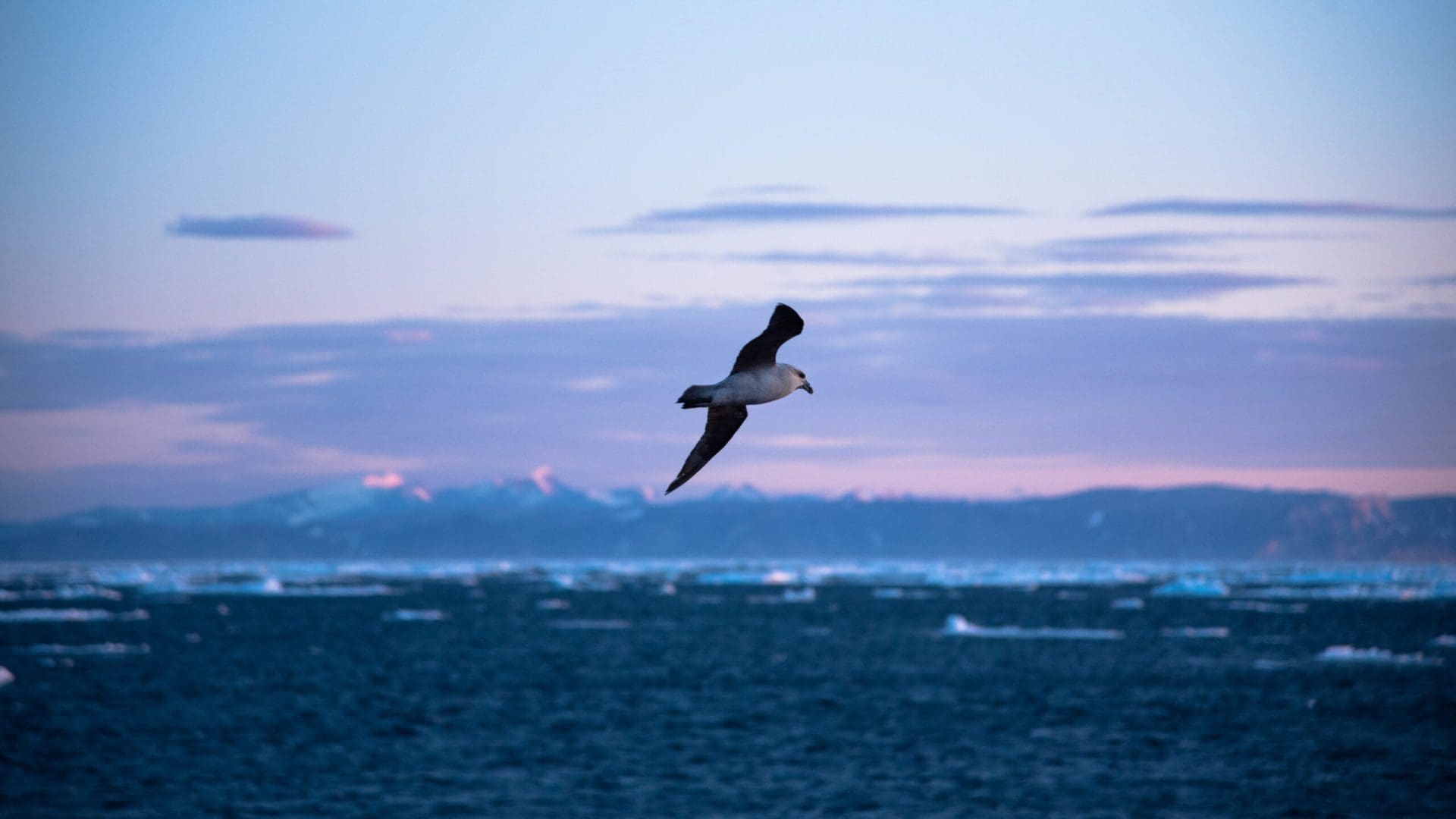Vessel traffic has been increasing in the Northwest passage, particularly in the newly established Tallurutiup Imanga National Marine Conservation Area. This important habitat for marine wildlife is seeing the greatest levels of vessel traffic in the Canadian Arctic.
In a paper published in Environmental Science & Policy, Halliday et al. (2022) modeled underwater noise levels and examined the overlap with the distribution of wildlife. In particular, they studied the impact of noise on two cetacean species (beluga and narwhal) and three seabird species (thick-billed murre, northern fulmar, and black-legged kittiwake). Conductivity-temperature-depth (CTD) measurements taken by the CCGS Amundsen during its annual expedition helped model underwater noise levels.
This study identifies the regions where greater risks are present for the wildlife species and provides information and suggestions for implementing monitoring, conservation, and management initiatives. Of the five species studied, narwhal had the greatest high-risk area (Eclipse Sound and Milne Inlet).
Read the journal article here.


